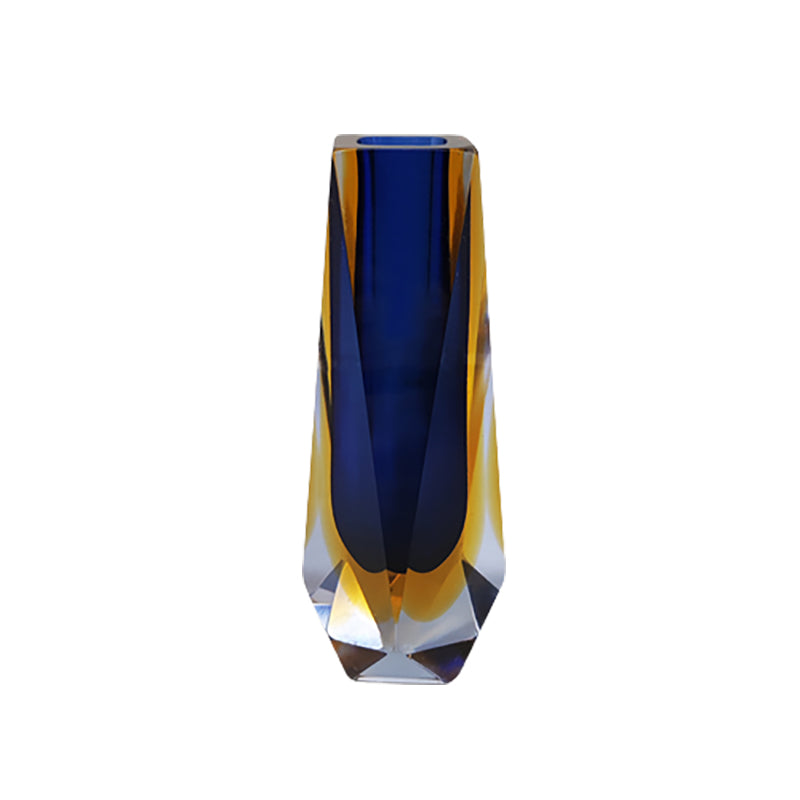I certainly didn't mean to infer that HM
ever tried to put one over on their customers. "Rosewood" like "palisander" commonly describes a range of tropical species that look somewhat similar but may in fact not be related. This was accepted practice in the industry before trade restrictions of threatened species required certificates and other documentation, but there is still plenty of confusion and co-mingling of different imported woods. For instance, the "teak" found in cheap furniture from Indonesia commonly seen at importers like Pier 1 bears little resemblance to the teak we're used to seeing in quality vintage Danish pieces. Some of the difference may be due to region and growing conditions, but sometimes the difference is so dramatic that I have to wonder.
I know what you mean about walnut, though, SDR. I've been told that the steaming process in kiln-drying is responsible for the drab, gray-ish color we see in domestic walnut at the hardwood lumber dealers. Air-dried "claro" walnut from northern coastal California is considered to be the premier native walnut for furniture and is said to have a much richer brown hue.
'Santos' Palisander is...
'Santos' Palisander is pretty specific, why do you say about seven different grades?
They all go by various different trade names, but it should all be the same wood. In fact I've bought the rough lumber for projects under a couple different trade names.
I personally feel that a lot of the confusion is started by the different in color between what is sold as Morado or Pau Ferro as a rough cut lumber and what is sold as Santos Palisander as a veneer.
Wood that is used as a veneer is often the select grade, where rough lumber is often a grade that is below the quality level of those purchased by the veneer suppliers.
For instance, I use a lot of Macassar ebony in my projects and through my veneer suppliers I can purchase ebony sheets that are 8-10" wide, where I've yet to find rough lumber that is ever wider that 5-6". Often the rough lumber has a grain that is a little more mottled than the veneer.
"Santos palisander" a.k.a "Bolivian rosewood"
according to Herman Miller. It is not of the genus Dalbergia, and, therefore, not a true rosewood. I assume they chose to use "palisander" over "rosewood" so as not to alarm prospective customers concerned with sustainability of tropical hardwoods.
The items sold over the decades as rosewood could have been any of a few dozen different species all identified as, simply, "rosewood" by wholesale lumber importers during that time. Even some of the true rosewoods were marketed by their common names, like cocobolo, African blackwood, and kingwood. The confusion, deception, and indifference to species misidentifacation continues even today.
If you need any help, please contact us at – info@designaddict.com









